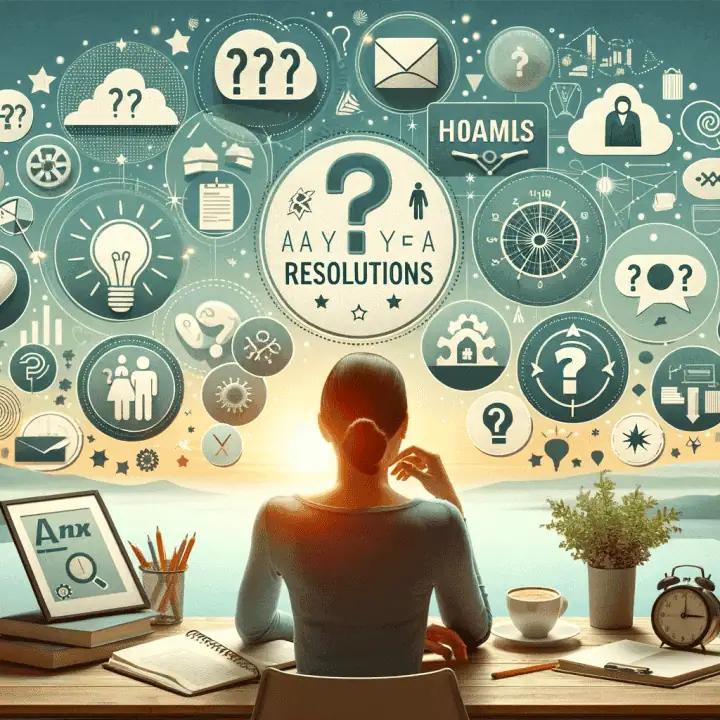Body Language Rapport and Influence
Body language communicates something, regardless of whether we wish to communicate or not. Living systems cannot not communicate. Without wishing to push the bounds of credibility, I include plants as demonstrators of body language. They wilt when short of water, lose the green in their leaves when short of nutrients, and turn brown at the edges when they get too cold. These events can be observed by anyone. Of course, there are more obscure bodily communications in the plant world too. Recognition of disease, predators, or the need for exotic growing conditions is the realm of the trained plant body language expert, the horticulturist.
People and animals have a wider repertoire of nonverbal communication than plants. We can move from place to place and make faster, more visible gestures. As humans, we can modify our gestures consciously, making voluntary movements as well as displaying unconscious breathing shifts, skin tone changes, and micro-muscle movements. We use our bodies to convey interest or disinterest, to establish rapport with others, or to stop them in their tracks. We learn cultural norms about appropriate body language for people of our gender, age and status in our daily lives and sometimes find our habitual presentations elicit markedly different responses in other parts of the world.
What can Body Language teach us about People?
So what can body language teach us about other people? With sufficient exposure to another culture, we can learn to recognise its members by their body language, the way they move and gesture, how close they stand to other people, how much eye contact they make, and with whom. We can learn to recognise how any individual, whatever their origin, is thinking by watching their eye movements, breathing, and posture as they interact. This will not tell us what they are thinking. The subject matter of someone’s thoughts remains private until they describe it.
If we observe some interesting body language and ask the person what it means to them, we gain reliable information. If we observe the same person doing the same thing in a similar context in future, we can ask them if it means what they told us last time. This combination of observing a particular person and asking them for meaning for our future reference, is called calibration. We calibrate an individual against themselves in a particular context. In this way we can learn our employers’ requirements, our partners’ preferences and our pets’ idiosyncrasies with some degree of accuracy.
There is an urban myth that we can attribute accurate meaning to body language without calibrating the particular person. This is not useful. Unfortunately, the myth has been enshrined in print with examples of body language. Did you know that if a woman points her toe at a man during a conversation, she is supposed to fancy him? And what about the old chestnut of folded arms meaning that person is ‘closed’? Does a lowered brow and pursed lips really mean someone is annoyed, or could they be thinking, straining, or doing something else?
Take sexual attraction, for example. People do dilate their pupils, flush, and lean forward in conversation when they are attracted to someone. They also do it when they are passionately interested in the subject matter, so don’t assume it is you; it may be something you are discussing. Of course, that level of interest is conducive to rapport. You may find friendship developing out of a common interest.
If you assume someone is annoyed with you when they go red or white and jump up and down waving their arms in the air, you may attract abuse from them. This is creating a self-fulfilling prophecy. Until you know more from that person, you don’t even know they are annoyed. They might be trying to dislodge an insect from down their front or be desperate to go to the WC, and even if they are angry, you might not be the subject of their wrath. Making assumptions about the meaning of people’s behaviour is called mind reading. We all do it, but some of us have learned to recognise it and use our assumptions to create questions so we can calibrate for the future.
Using Body Language
We can use other people’s body language to help us create rapport with individuals, groups, and at parties. Instead of mind-reading, if we place our attention on the other person or people, open our peripheral vision, and quieten our internal comments, we will notice the rhythm of their whole body movements, speech, and gestures. If we match these rhythms with our own bodies, we will find ourselves being included in what is going on. This is not the same as literal mimicry. Accurate imitation often gets noticed and objected to. The intent is to match the rhythm by making some form of movement in the same rhythm without attracting conscious attention to it. When we feel included we can test the level of rapport by doing something discreetly different and noticing whether the other or others change what they are doing in response. If they do, you can lead them into a different rhythm or influence the discussion more easily.
When entering groups or parties, if we observe with open peripheral vision and internal quietness, we may be able to spot the peer group leaders. They are the people with others around them – the ones who’s movements may be slightly ahead of the others and change first. If we want to influence the whole group, these are the people to match. We may want to establish rapport with each peer group leader individually or simultaneously. We can do it simultaneously if we are within their visual field and matching their rhythm for a few minutes before engaging them. It is possible to change the direction of quite a large gathering by these methods.
Body Language and Vocal Patterns
Strictly speaking, nonverbal vocal patterns are not body language, but they can be used to establish or break rapport as readily as physical movement. If we match the rate or speed of speech, the resonance, tonality, and rhythm used by a person, we will create rapport with them. Again, out-and-out mimicry is not recommended. Most people will catch it happening. It is more comfortable to match voice patterns at the equivalent pitch in our own range than to attempt note-for-note matching and to match unfamiliar breathing rhythms with some other emphasis.
Suppose we are voice-matching on the telephone and now want to finish the call. The level of rapport is such that it has become hard to disengage. We can change any of the elements we have matched, but often the other party simply matches us and carries on. In extreme situations, no one minds an abrupt end to a telephone call. How often have we used “there’s a call on the other line”, “someone’s at the door” or “the dog has been sick on the carpet” to end a call without breaking rapport? Then there is the last ditch stand. Cut off the call in the middle of your own speech, not theirs. That way they will assume it was an accident. In person, we can make our departure quite firmly and with rapport by doing rapport building with the body and departure with voice patterns, or vice versa.
And the quickest and simplest way to use body language to establish rapport? Act as if we are totally fascinated by the person or what they are discussing. All the nonverbal signals we could wish for will come on stream by themselves.
Learn more
Check out our 10970NAT Graduate Certificate in Neuro-Linguistic Programming program.
(Note: If you would like to learn more about the New Code of NLP, you can get a copy of our latest Kindle book, ‘AEGIS: Patterns for extending your reach in life, work & leisure’ by Jules Collingwood, NLP Trainer. For only $4.99 here).
Learn more about NLP by reading our Ultimate Compendium of NLP
If you found this article useful, please share it!
Similar Posts
Subscribe Now!
Stay Up-to-Date with Our Latest Courses and Special Offers
Stay in the loop with new course releases and opportunities by completing our form. Never miss out!


